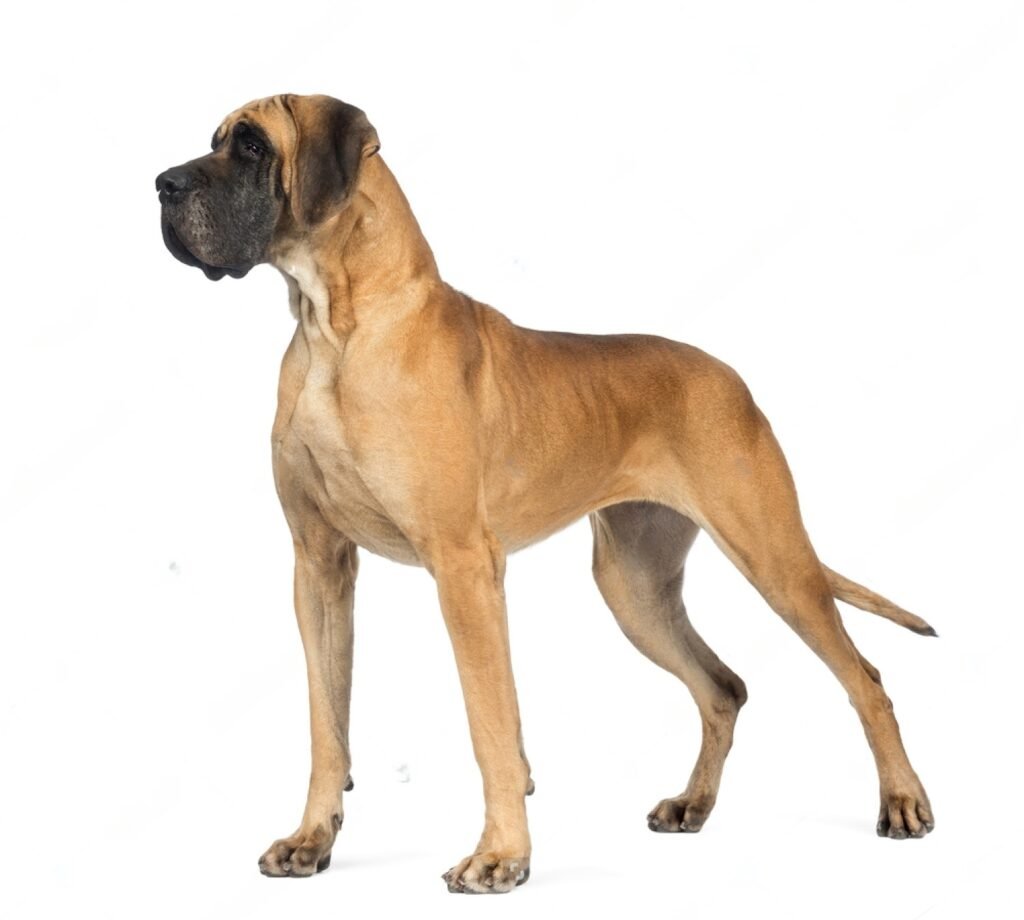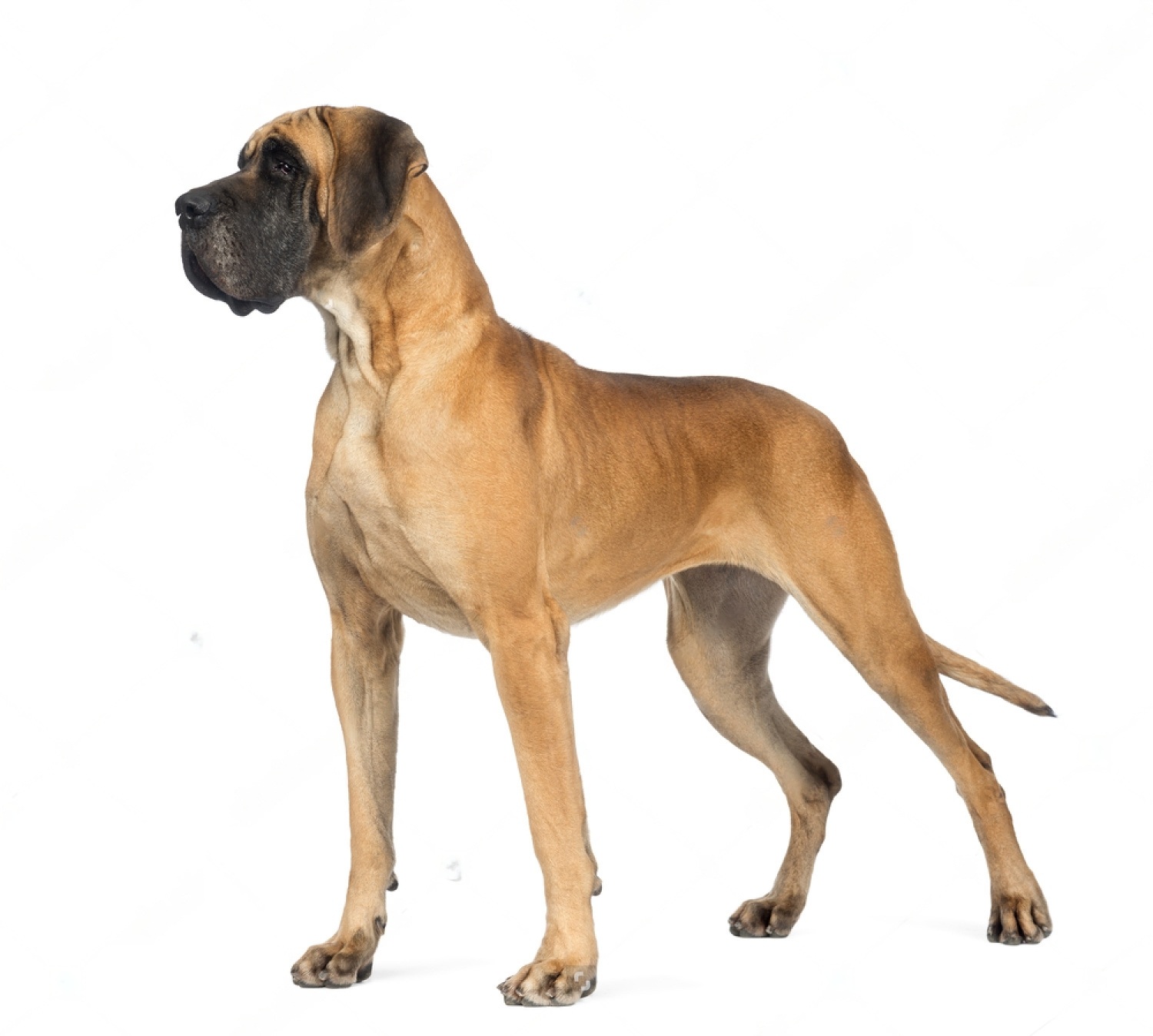Warning Signs After Neutering Dog
Spaying or neutering your dog isn’t a fun day for both you and your pup. No one likes to see their best friend in pain, but desexing not only prevents unwanted puppies, but it also reduces behavioral and possible medical issues.

I have three dogs, two of which have been neutered and one who’s booked in for the dreaded peanut removal procedure. Understandably, all dogs take the recovery period very differently, and I have first-hand experience with this.
My eldest dog, for example, refused to leave his bed for a week. Whereas my second dog was bouncing around the place like nothing ever happened.
A longer recovery period isn’t a cause for concern—some dogs just need a bit more rest and attention—however, if your dog experiences some common post-surgical complications, it could mean that they’ve contracted an infection, or their incision site isn’t healing as it should.
Before taking your dog in for a spay or neuter procedure, it’s wise to educate yourself on the risk involved and the warning signs to look out for so you’re prepared to identify an issue as soon as it occurs.
Warning Signs in Male Neutered Dogs
Your dog’s manhood has come to an end. And once they’ve regained consciousness and your vet has returned them to your care, it is up to you to ensure your pup’s incision site is free from infection.
- Excessive licking or biting of the incision site: One of the first and most common signs of infection is excessive licking or biting of the incision site. If your dog is biting or licking the wound area frequently, then take them to the vet immediately.
- Discharge from the incision site: A small amount of discharge from the incision site is normal. However, if the discharge is continuous, then speak to your veterinarian, as this could be a sign of infection.
- Redness: You can anticipate a small amount of redness around the surgical area, but if your pup’s skin gets hot to the touch, or if the redness spreads around their body, then it’s likely your dog has an infection and will need medical care promptly.
- Bleeding at the incision site: As with any surgery, you can expect some incision site bleeding after your dog’s procedure. But, if the bleeding is heavy enough to seep through their bandage, then the wound may be open, and you will need to return to the vet for them to reclose it.
- Swelling: Similar to bleeding, minor swelling is not uncommon in dogs who have been through the neuter procedure. If the swelling is severe, or if it spreads to other parts of your four-legged companion’s body, take them to the vet immediately.
- Fever: Fevers are a notable sign of infection. So if your dog has spiked a fever, rush your dog back to the vet for treatment.
- Pain: Your dog has just gone through a very uncomfortable surgery, but his pain levels shouldn’t be severe. If you feel like your dog is in considerable pain more than a couple of days after surgery, get in contact with your vet for guidance.
Warning Signs in Female Spayed Dogs
Unfortunately, spaying female dogs is far more complex than neutering male dogs. And with that comes other complications on top of those that male dogs face.
One post-surgical procedure problem that some female dogs face is incontinence. Due to a drop in estrogen levels—which helps control the urethral sphincter— in your dog’s body, you may find that she has trouble holding her bladder.
In the case that incontinence does happen after your dog’s spay, enquire with your vet about medications to help get her back on track.
Additionally, hernias—lumps protruding near the incision site—are another complication that female dogs can encounter after their desexing surgery. Hernias can sometimes be painless, but they can also be the result of a slipped organ. If your dog has a hernia, then it’s likely that she will need surgery to fix it, so speak to your vet immediately, as hernias can be life-threatening.
Signs to Look Out for in Both Male and Female Dogs
In addition to swelling, bleeding, or redness at the incision site, vomiting, diarrhea, and lethargy are even more signs that you need to look out for.
- Scrotal swelling in males
- Incontinence problems
- Hernias in females
- Internal bleeding
- Ovarian remnants
- Refusing food
- Changes in breathing rate
- Pale gums
- Trouble urinating or defecating are further possible complications.
Better Management of Spayed/Neutered Dogs
Now that your dog’s out of surgery, it’s up to you to keep them comfortable and allow their incision to heal. I always book neutering procedures for my dogs when I know I will be home for a couple of days so that way I can keep a close eye on them and give them all the love and attention they need.
Healthy Food
Your dog should be eating healthy food on a daily basis, and after surgery, it’s important that you stick to their regular diet. The ASPCA notes that changes in your dog’s diet can hide post-surgical complications, so save devising a new menu for another time.
And don’t worry if, at first, your dog doesn’t seem interested in mealtime, within 24 hours their appetite should return to normal.
Limit the Exercise of Your Dog
If your dog is anything like mine and is extremely active after surgery, it is important that you limit their movements as much as possible. Strenuous activities like running, jumping, or playing with their furry siblings for up to ten days after surgery could disrupt your dog’s incision.
- When you’re not able to supervise your pet, place them in a crate or a small room, making sure they have enough space to stand up and turn around.
- Carry your dog up and down the stairs—if they’re small enough, that is.
- Take your dog out for short walks, keeping them on a leash at all times.
- Prevent your dog from jumping on or off furniture.
- Use an invisible dog fence collar to set a small perimeter in your yard for your dog to explore. The World Animal Foundation recommends the Halo 2+ Dog Collar not only to monitor their movement but also to track their daily activities.
Additional Supplements and Medications
Typically your vet will send you home with pain medication or supplements to help your dog get through the recovery period. Pain medications are usually necessary for the first few days, but as the incision heals, you can wean your pup off them as their pain subdues.
WebMD also suggests giving your dog probiotics to help digest food, make vitamins, and strengthen their overall immune system.
Keep the Incision Site Dry
During the recovery period, you should keep your dog’s surgical site dry as water can dissolve the sutures keeping your dog’s skin together. Never take your dog outside if it’s raining, wait until after the 10-day recovery period to give them a break, and don’t apply any topical ointment to the area.
Vet Visits
As the saying goes, it’s better to be safe than sorry. So, if you feel like your dog is experiencing any post-surgical complications, it’s always best to contact your vet for a professional opinion.
Conclusion
We only want what’s best for our pups, and that includes keeping our dogs happy and healthy by preventing diseases in any way possible—one of which is spaying or neutering your dog.
Although infection after spaying/neutering is a common issue, there are many warning signs after neutering dogs that can indicate a problem early on. Be vigilant and present with your dog during the recovery period—especially for the first few days—to ensure you’re catching any problems before they escalate into life-threatening complications.
FAQs On Warning Signs After Neutering Dog
1.When should I be concerned about my dog after neutering?
After neutering, be concerned if your dog shows signs of infection (redness, swelling, discharge at incision) or if they’re not eating, eliminating, or acting very lethargic.
2. How do I know if my dog’s neuter is infected?
Look for signs like redness, swelling, or pus coming from the incision site. If your dog licks it excessively or seems more painful than usual, call your vet.
3. What is not normal after neutering?
- Incision Site:
- Redness, swelling, or discharge
- Excessive licking or biting at the incision
- Eating and Elimination:
- No eating or drinking for more than 24 hours
- Difficulty urinating or defecating
- Behavior:
- Severe lethargy or drowsiness
- Vomiting or diarrhea
- Excessive pain or discomfort
4. How long is a male dog in pain after neutering?
Male dogs typically experience discomfort for a few days, around 2-3 days, after neutering. This discomfort is usually manageable with pain medication prescribed by your veterinarian. Most dogs should be back to their normal selves within a week, with the pain completely gone.
If your dog’s pain seems to last longer than a few days or appears severe, consult your vet for further advice.

